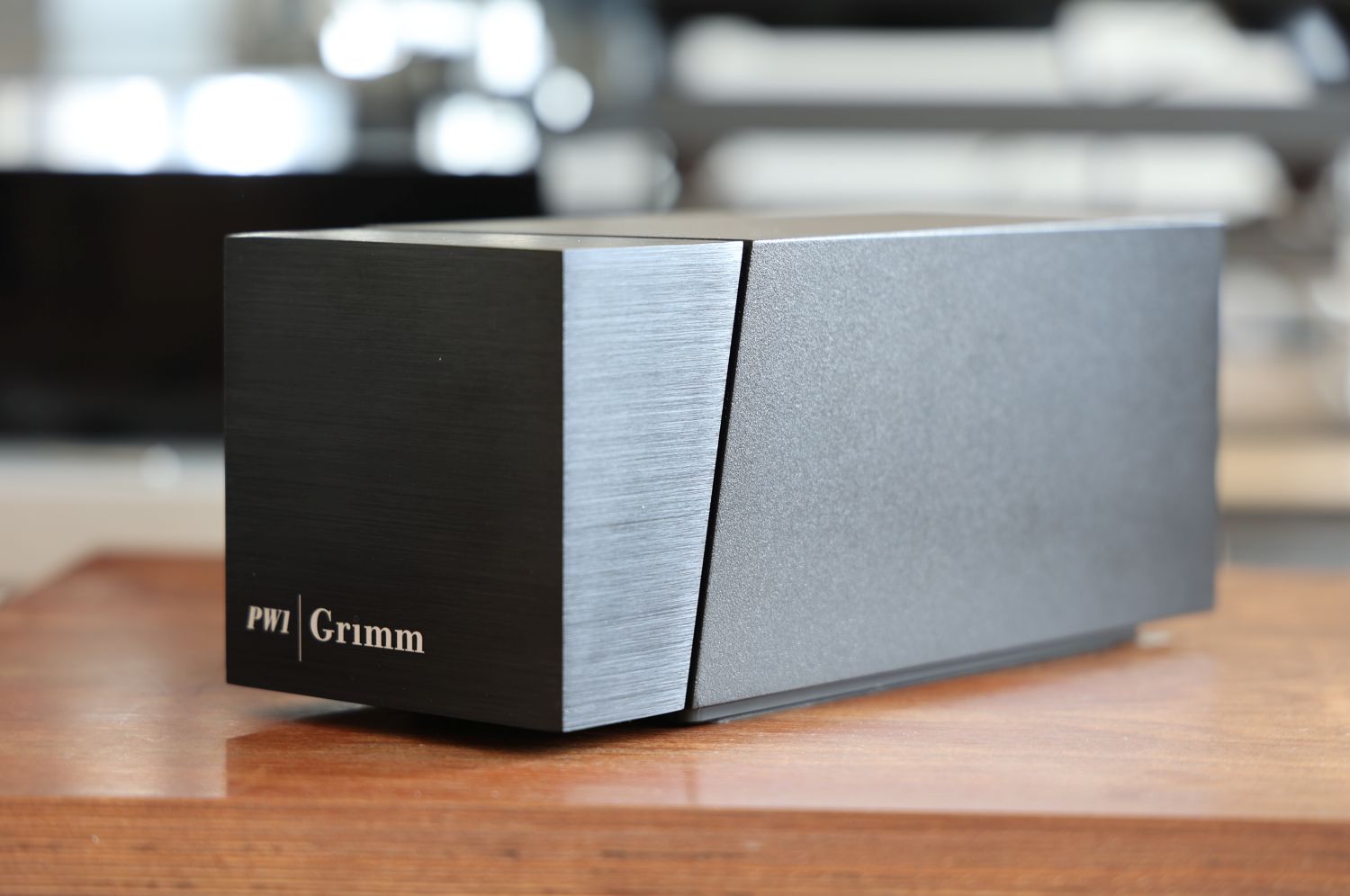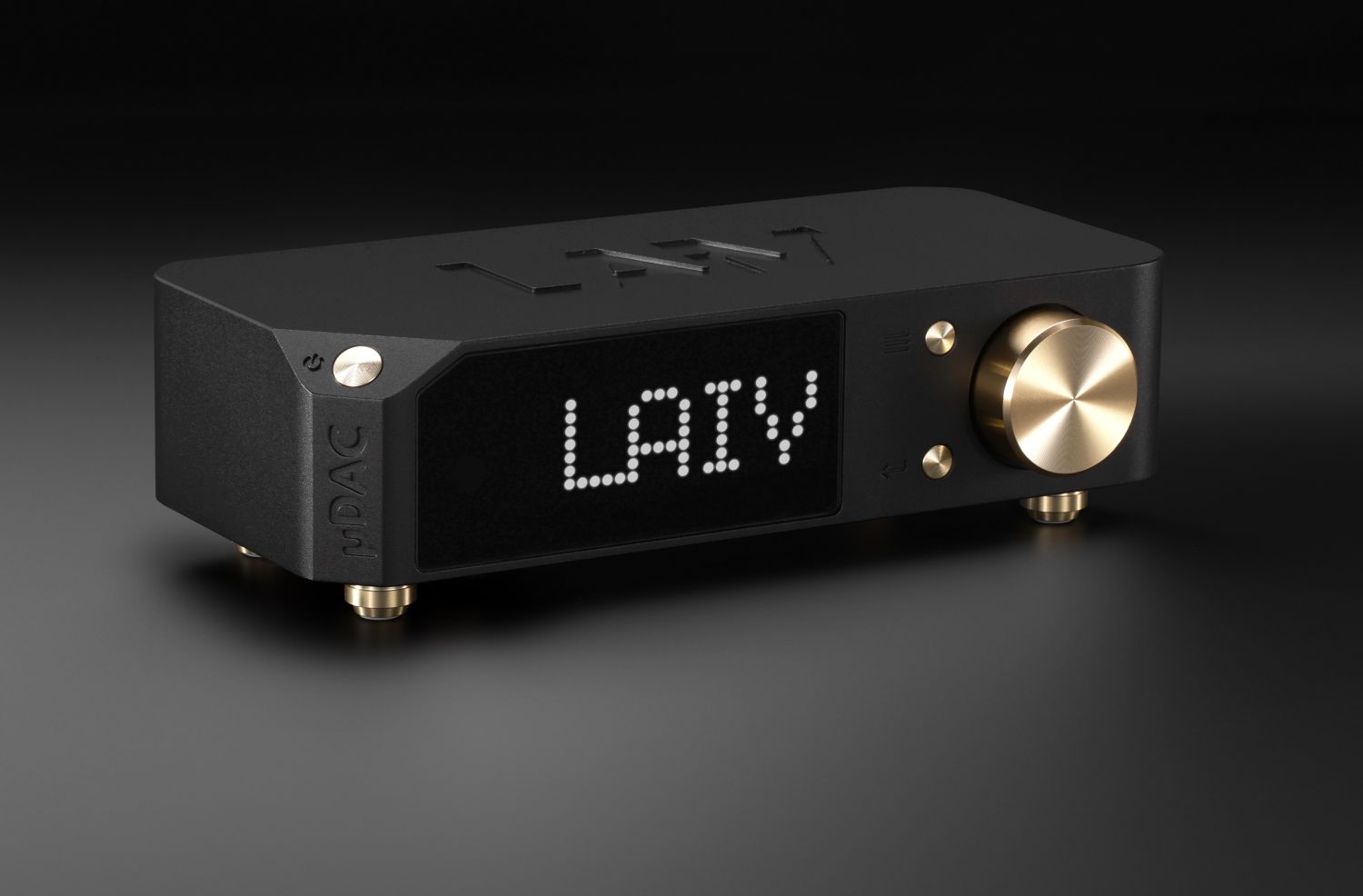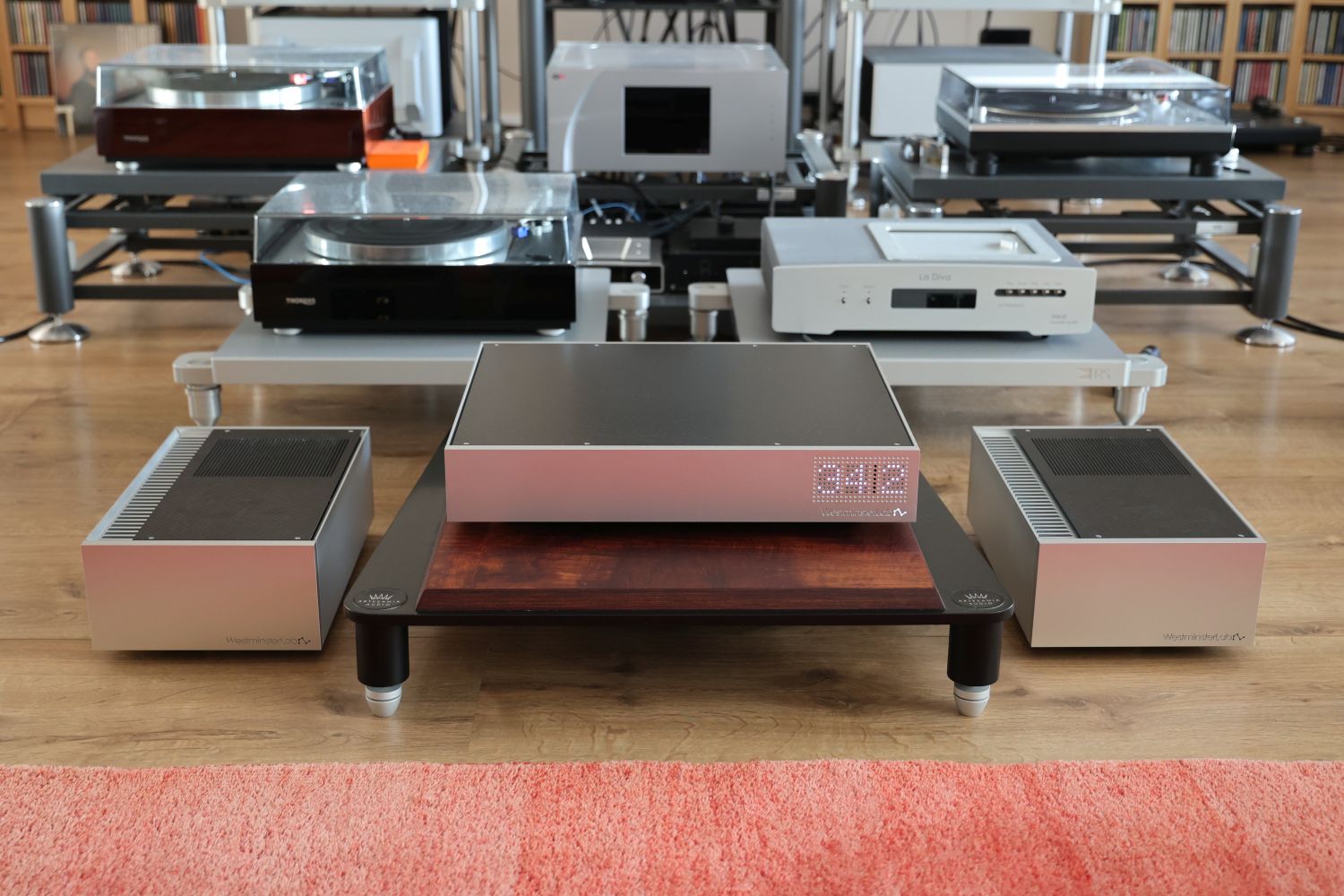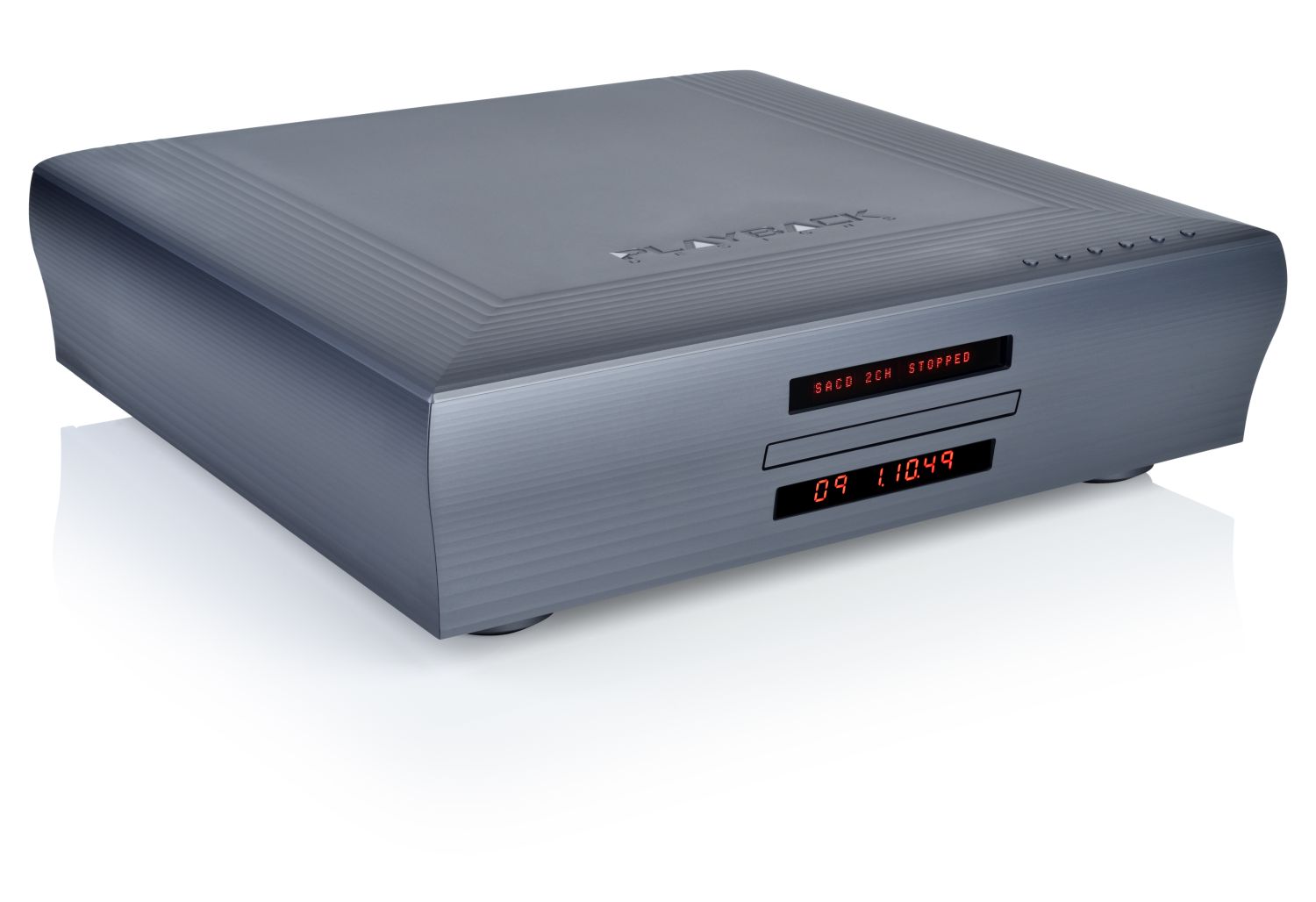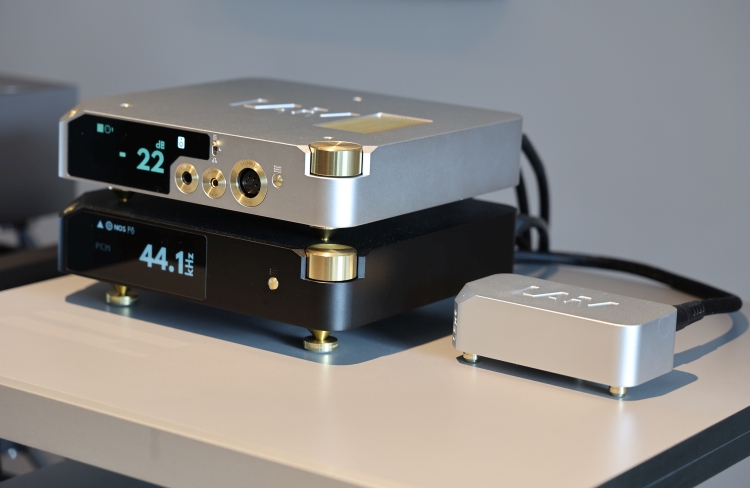COS D10 DAC, preamp, and network player
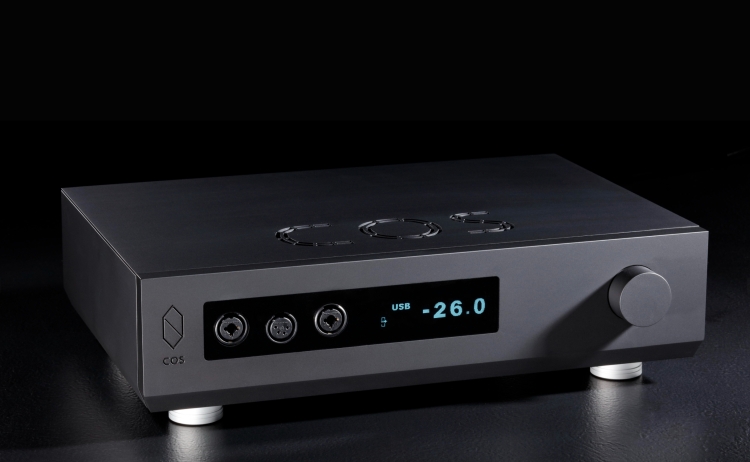
Review Context
The D10 will be reviewed in the context of the main reference system where it will be compared to the Aqua LinQ network interface and Formula xHD DAC in combination with the Audio-GD Master 1 preamp. Cables used include the Driade Flow Link Reference 808 RCA and XLR and the AudioQuest Fire RCA. The power cables for all components are my preferred Belden 19364 with Bals schuko and Oyaide C-004 IEC connectors.
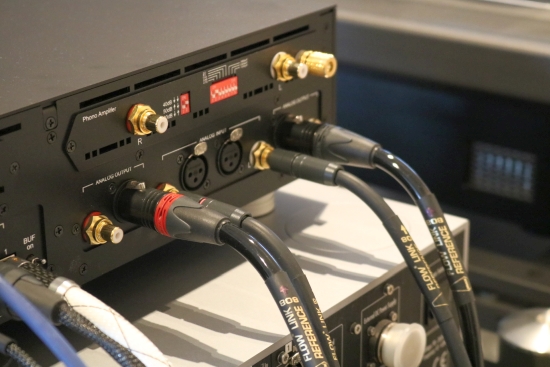
Buffer
The D10 has a switch on the rear labeled “Buffer”. As I quickly found when using its digital inputs, this switch is as important as it is small and unassumingly positioned! With it enabled, the DAC sounds more free-flowing, more spacious, and the music becomes more emotionally involving. Switch it off, and the music behaves more stilted and “normal”. For me, there is no doubt that the Buffer sounds better but for those who want the absolute cleanest and tightest sound, and in video purposes where a delay would not work well, it can be switched off. Needless to say, I left it switched on.
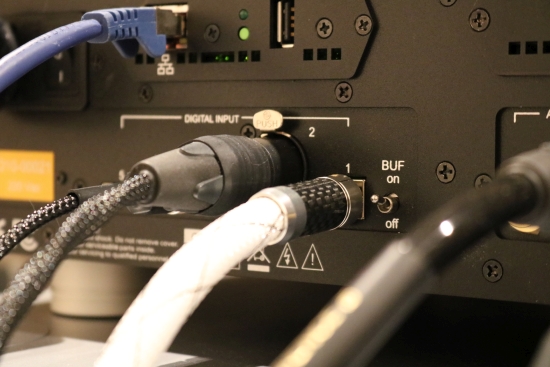
Listening
Since the D10 is analog at its heart, I started by using it as a pure analog preamp. Before listening to it, I left it switched on for several days while selecting several sources, just to make sure that it was nice and warmed up. In the meantime, I disconnected the CH Precision C1 DAC that I normally use directly to the power amp and reconnected the Audio-GD Master 1 analog preamp to the CH Precision A1.5 power amplifier via the balanced Driade cables while using the Aqua LinQ and Formula xHD as a digital front end, connected via de RCA Driade cables.
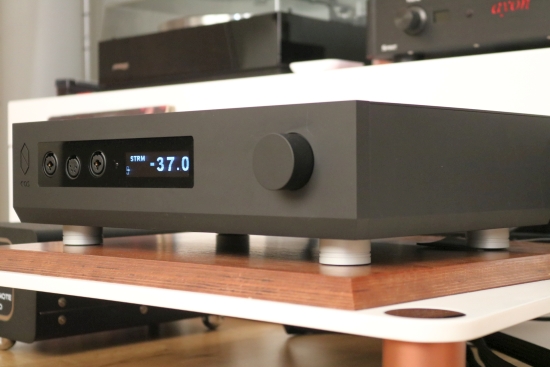
The COS D10 was listened to in various locations: as here, on an Artesania Modula Floor platform as seen here, or in an Exoteryc rack as seen below, as well as on top of the CH C1 DAC.
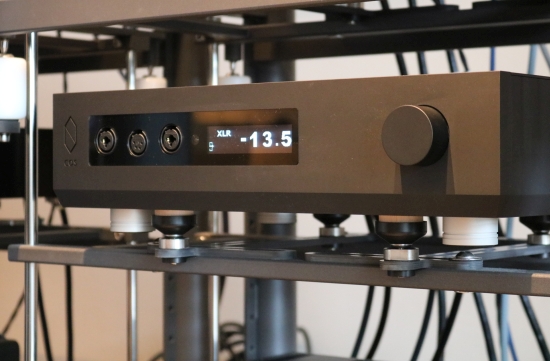
Every time I use the Master 1 preamp, I remain fascinated by its cost/performance ratio. Of course, it’s not as good as the direct CH to CH connection, mainly trading some ultra-refinement for a subtle roughness and a slight reduction in terms of naturalness but still, it remains one of the best preamps that I have heard under 10K. Therefore, changing from the Master 1 to the COS D10, I’ll admit that I did not have huge expectations. Honestly, I wholly anticipated that the D10’s analog preamp would be good but that it would also perhaps be its least “special” section, with higher scores for the DAC and/or streamer. But I was quickly proven wrong.
As an analog preamp
With the Aqua Formula xHD DAC as a source, the D10 sounds remarkably articulate, well-focused, open and expressive, fabulously detailed, and incredibly transparent. I couldn’t believe my ears but in these areas, it surpassed the Master 1. But between these two preamps, it is not only a matter of more precision and resolution but there’s also a different perspective. Whereas the Master 1 excels in the areas of robustness and impact, offers a wide and generous soundstage, and rich timbres while remaining commendably neutral if not the most highly resolved or refined, the D10 is considerably tighter and cleaner, and more revealing, with an immense sense of control and focus that makes it sound more upfront and immediate and less spacious. Perhaps, as a result of its incredibly high precision, the D10 also has more of an analytical quality, and it is certainly less romantic or forgiving than the Master 1. Is that a bad thing? Not at all! It’s simply something to be aware of. I found that the D10’s more revealing nature made some recordings sound better than with the Master 1 while others were unmasked as being less than stellar. So be it. What counts is that most of the time, I enjoyed the heck out of the D10’s performance as a preamp. Oh, and a less rich timbre doesn’t necessarily mean that it’s any less natural. Sometimes, lean timbres can make a component lean toward sounding synthetic but with the D10, this simply isn’t the case. To me, it sounds highly neutral and while not smooth or particularly organic, also highly natural.
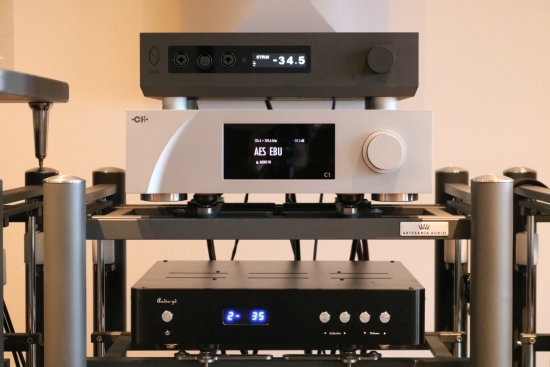
While it may seem like the D10 is thoughtlessly plonked somewhere on top, the CH C1 actually functions superbly well as a solid platform with all the devices that I tried this with. More specifically, the Aqua La Diva CD transport sounds better on top of it than in any other way that I can place it. In that capacity, it’s a bit of an expensive platform, but that’s another discussion…;-)
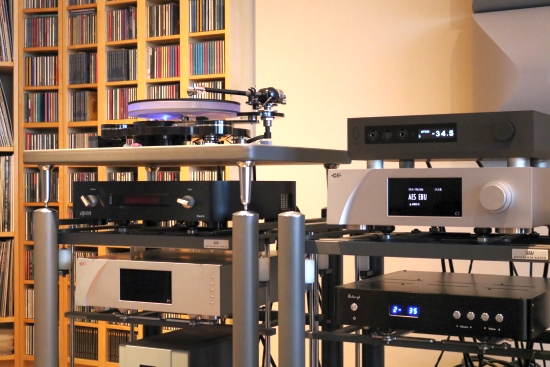
As a phono preamp
Adding one more step in the D10’s analog domain by using the optional phono module (and making sure to select the ideal DIP-switch values) revealed that this option was designed very much in the same spirit as the device’s main analog preamp. Replacing my usual CH Precision P1 phono stage and Ayon Stealth preamp, the D10’s phono section easily extracted the same levels of detail and resolution from the Origin Live Calypso mk4 turntable with ViRa Aidas Rainbow MC cartridge, while further increasing the transparency.
While the P1 is as close as one can get to perfection in every sense (and it should be given its 31.000 euro price tag), I’ve never felt that the Ayon preamp was particularly linear or very precise. And indeed, the D10 is significantly more neutral and linear, and more revealing, too! Furthermore, I’ve always known that the Ayon was a little dark and the D10 readily confirmed this with its positively lit upper midrange and treble. Don’t take this for the D10 being overly bright or overbearing, it most definitely is not. In fact, I think its treble is perfectly balanced. It’s well-defined and precise but without losing fluidity or refinement.
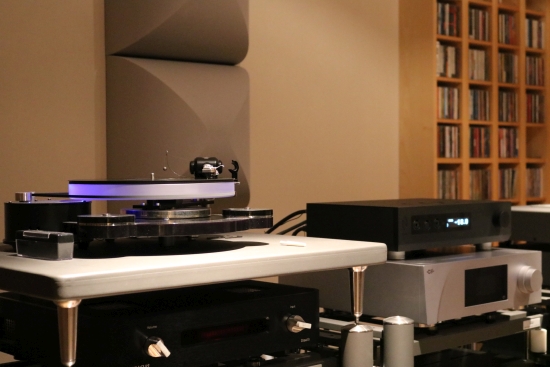
While my bouncing leg proves that the performance is musically engaging and highly rhythmic, I did note that it was tonally a little bit on the lean side. Naturally, tube preamplifiers almost universally tend to sound harmonically richer and often timbrally fuller than their transistor counterparts. With the Ayon, this is most definitely the case. Most notably, it has a fuller and more robust bass, albeit with lower precision.
The D10’s tight and perfectly chiseled bass was a joy with digital sources, but now, I find that this takes away some of the romanticism that I crave when playing records, whether that is actually “correct” or not. But that says more about the marriage between turntable, cartridge, and preamp and how the D10 sounds relative to the other two preamplifiers, or perhaps my listening preferences, than about its absolute quality.
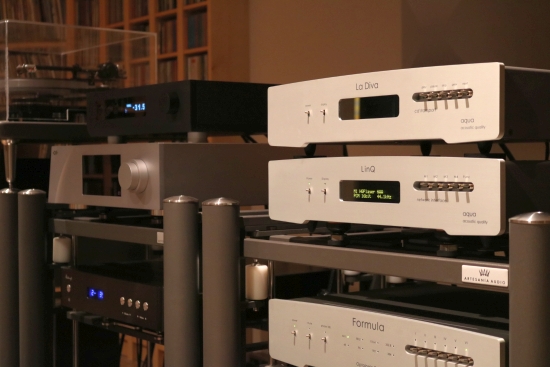
As a streaming DAC
In order to assess the D10’s streaming capabilities, I started with a single music source, Qobuz, accessed either from within Roon or streamed directly using the BubbleUPnP Android app.
Almost always, I hear a distinct difference between Roon and UPnP, but with the COS D10, the two sound closer than ever. Yes, there is still a slight difference, Roon sounding a tiny bit fuller and smoother and BubbleUPnP sounding a tiny bit more direct, but in essence, the two are comparable in quality. And what quality, may I add!
When streaming to the D10, it sounds bouncy, immediate, and spritely, with fabulous expression and fine delicacy in equal measure. When comparing its streaming inputs from said Qobuz source either directly or via the Aqua LinQ’s AES/EBU outputs and connected to the D10 via a Jorma digital cable, I was amazed to find how little there was between the two. Only by swapping repeatedly, I noticed a difference in terms of soundstaging width and depth and the amount of breathing. By that, I mean that the Aqua combo presents the music with more of a gushing quality, whereas the D10 has a slightly more static approach. But tonally, and in terms of detail or transparency, there is simply too little to differentiate. This confirms that the D10’s streaming input is superbly engineered and very well-implemented and I’ll note that it’s rare for any streamer, either built-in or standalone, to approach the LinQ’s performance.
When comparing the D10’s direct streaming options to an analog signal from the Aqua LinQ and Formula xHD DAC and using either Roon or UPnP, the combo does make a case for why it costs four times as much as the D10 with its streaming module. It’s not a night and day difference but there’s more solidity and depth to the bass, more deeply saturated timbres, and a wider and deeper, more “breathing”, soundstage. Together, these little differences make for a more atmospheric and ultimately emotionally more involving delivery. But comparisons with far more expensive equipment aside, the D10 sets an incredibly high standard and is certainly performing way beyond its price class.
The component that springs to mind as being very close to the D10 in terms of sound is the Weiss DAC502. At less than half its costs, I’d say that’s a mighty good association.
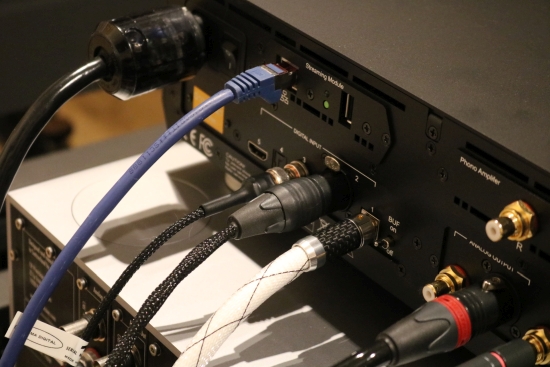
Next: Digital Inputs Compared and Conclusion.
